New buildings in Franklin County look to minimize embodied carbon
| Published: 04-05-2023 4:53 PM |
GREENFIELD — For the past 30 years, the construction industry has incorporated renewable energy, increased efficiency of heating and cooling systems, engineered air-tight installation and pursued other efforts to reduce greenhouse gasses emitted from buildings.
But while active buildings pump less carbon into the atmosphere, carbon continues to hide in the walls.
The embodied carbon of buildings is comprised of carbon dioxide and other greenhouse gas emissions from construction, demolition and development of building materials. According to data from the International Energy Agency, embodied carbon currently contributes to 13% of global carbon emissions.
Most of the carbon mitigation efforts in buildings today combat operational carbon — the emissions created from running a building, such as through heating, cooling and power systems. Operational energy has decreased over time through more efficient heating, ventilation and air conditioning (HVAC) systems and renewable energy, but the construction industry and Massachusetts building codes have done little to address embodied carbon.
Andrea Love, director of building science at the Boston-based architecture firm Payette, said the industry first recognized greenhouse gas emissions from construction and materials years ago, but the push to address this pollution is more recent. Leadership in Energy and Environmental Design (LEED), the world’s sustainable building rating system from the U.S. Green Building Council, added points for analyzing the embodied carbon of buildings into the newest version of scoring.
However, LEED only offers four credits for modeling and managing embodied carbon compared to 18 for operational energy modeling, but includes prerequisites to even qualify for a LEED certification, such as reduction of ozone-eating materials in refrigeration and ventilation.
Love noted that to reduce half of carbon emissions by 2030, there needs to be a drastic reduction of carbon in a short amount of time, and 70% of emissions from buildings in the next seven years will stem from embodied carbon.
“We need to get carbon out of the atmosphere now, and most of the carbon in the atmosphere now is from embodied carbon,” Love said.
Article continues after...
Yesterday's Most Read Articles
 Orange man gets 12 to 14 years for child rape
Orange man gets 12 to 14 years for child rape
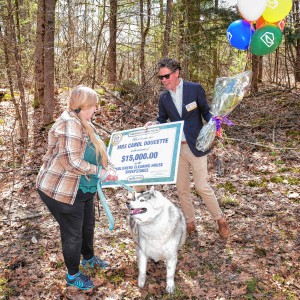 Carol Doucette of Royalston receives $15,000 from Publishers Clearing House
Carol Doucette of Royalston receives $15,000 from Publishers Clearing House
 Wheeler Mansion in Orange to reopen as bed and breakfast
Wheeler Mansion in Orange to reopen as bed and breakfast
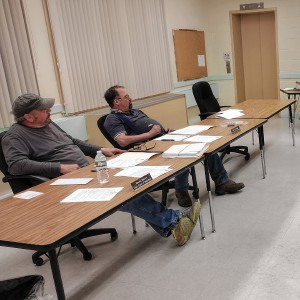 Phillipston board opens talks on new police chief
Phillipston board opens talks on new police chief
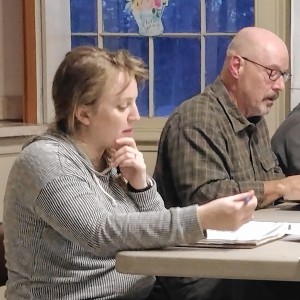 Royalston Selectboard mulls options for full-time police
Royalston Selectboard mulls options for full-time police
Despite the limited information on mitigating embodied carbon, newly built structures across Franklin County have begun to address greenhouse gas emissions. The new Greenfield Public Library and Northfield Public Safety Complex both manage embodied carbon using locally sourced and recycled materials, and opt for a structure made with mass timber over steel.
The new library being built on Greenfield’s Main Street aims to receive a LEED Gold certification, but the city’s Energy and Sustainability Director Carole Collins said the new building is on target for silver. Collins stated the library is a high-performance building, or one with higher energy efficiency and environmental features than what is required by building codes.
The new library will reduce operational carbon through heating and cooling pumps, airtight insulation, and solar technology. Collins also mentioned using low-embodied carbon alternatives in interior materials like cabinetry and carpeting. She added that these normally have volatile organic compounds — chemicals that require petroleum to produce and that continue to release carbon dioxide into the air.
“For the library, it achieved everything on the list, and it’s coming in under budget and on time, and it has solar on the roof,” Collins said.
According to Project Manager Daniel Pallotta, part of the new Greenfield Public Library’s structure includes mass timber, which glues or nails layers of wood together to create a lightweight substance as strong as steel or concrete. Mass timber captures carbon in the fibers of the wood and releases significantly less than steel and concrete in the manufacturing process. Mass timber targets embodied carbon in the front of the building, where 40% of it is found. Other parts of the structure use steel and concrete from local sources to cut down on greenhouse gasses from transportation.
In northern Franklin County, the Northfield Public Safety Complex will follow LEED standards without paying to apply for the certification. Architect John MacMillan of Caolo & Bieniek Associates Inc. prefers wood over steel due to its lower cost and carbon footprint. Like the Greenfield Public Library, MacMillan used wood in the structure’s designs and found locally sourced materials to integrate into the building.
“Some of [LEED certification] is not totally necessary, but we do follow LEED principles. We do want to be energy efficient, we do want to be environmentally friendly, we want to do things similar to LEED,” MacMillan said.
The new safety complex planned for Northfield’s Main Street incorporates recycled materials into the design as well. Repurposed building materials, from installing doors from another building to turning old cement into a component of concrete, lowers greenhouse gas emissions from new manufacturing.
“The greenest building we have is one that already exists; those emissions have been given off in construction,” Love said in a statement on embodied carbon.
Designers of other new buildings in Franklin County, such as the new library being planned in Shutesbury, considered using mass timber in the structure. However, mass timber alone cannot offset embodied carbon. Concrete and steel accounts for 11% of global carbon emissions, and both the Greenfield library and Northfield Public Safety Complex use this material.
According to Rebecca Esau, manager of the Rocky Mountain Institute, low-carbon concrete alternatives in buildings along the western United States have yet to expand in Massachusetts to the same scale. Yet low-carbon versions of concrete, rebar and glazing have contributed to massive reductions in embodied carbon. A case study of a five-story office building in Washington state saw a 46% decrease in embodied carbon, with most of the reduction coming from using low-embodied carbon concrete.
The demand for these low-embodied carbon materials remains low, which Esau said keeps premiums for these materials between $2 and $20. A Massachusetts concrete supplier told Esau if embodied carbon limits were in the state building codes, then policy would create enough demand to lower the cost of low-embodied carbon concrete.
Interim Executive Director of the Massachusetts Climate Action Network Logan Malik noted that the initial draft of the state’s Stretch Codes mentioned embodied carbon, but it was excluded from the final draft. Massachusetts currently lacks the infrastructure to place embodied carbon in building codes, but Malik said an advisory committee for management of embodied carbon would guide changes in policy to ensure embodied carbon can effectively be measured and reduced over time.
For now, buildings in Massachusetts still focus on reducing operational carbon and leave embodied carbon on the back-burner.
“Massachusetts, we like to consider ourself a leader. We care deeply about reducing the carbon emission of our buildings,” Malik said. “We’re still missing this incredible piece, which is the carbon in the wall.”

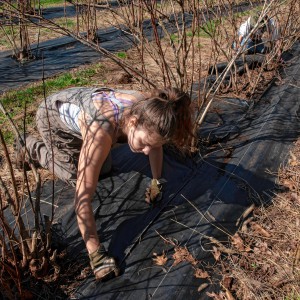 Regional farming alliance strengthens educational, networking opportunities for apprentices
Regional farming alliance strengthens educational, networking opportunities for apprentices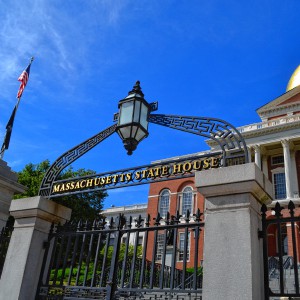 Shelter money fading, but ‘not at the end of the line’
Shelter money fading, but ‘not at the end of the line’ Nicole Gough seeks seat on Phillipston Selectboard
Nicole Gough seeks seat on Phillipston Selectboard With eye toward teaching firearm safety, Mahar’s Junior ROTC adding air rifles
With eye toward teaching firearm safety, Mahar’s Junior ROTC adding air rifles